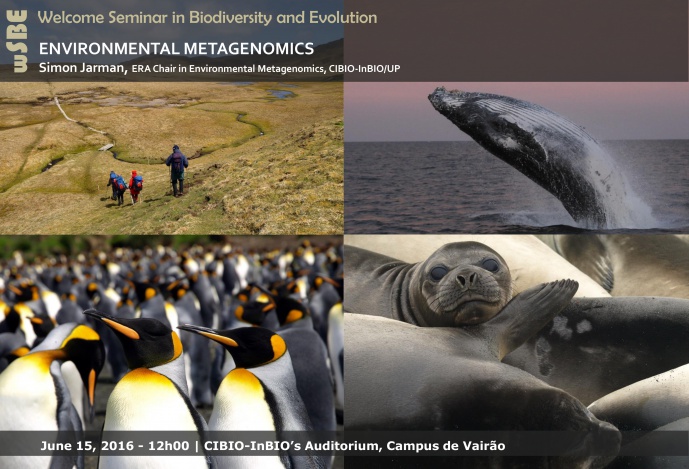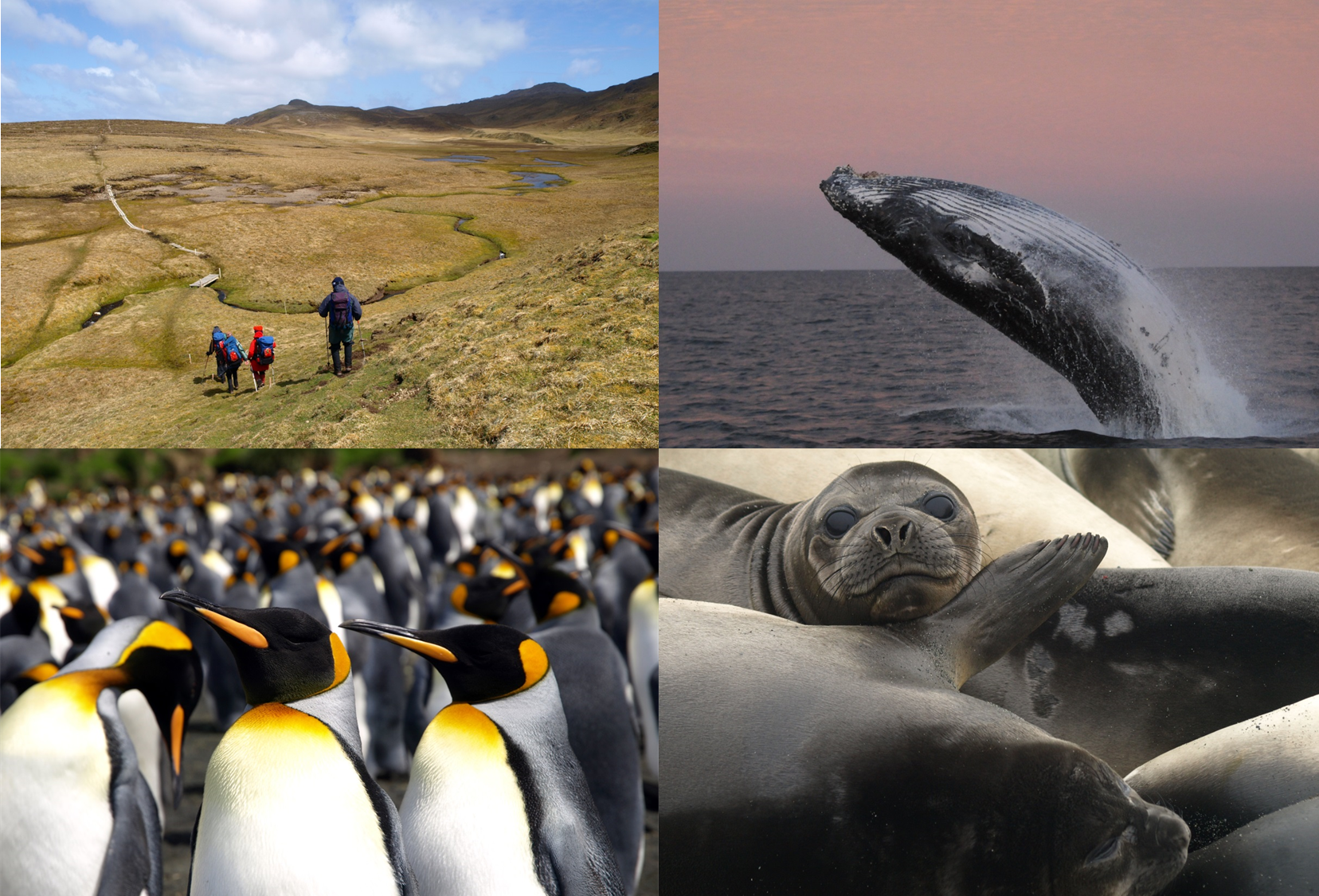ENVIRONMENTAL METAGENOMICS

WELCOME SEMINAR IN BIODIVERSITY AND EVOLUTION

Environmental Metagenomics is the study of genetic material taken from communities or single organisms in their natural environment. Research in this area allows ecological questions to be answered that cannot be addressed by other methods. I am fortunate to have recently been appointed as the ERA chair in Environmental Metagenomics based at CIBIO. The EnvMetaGen project that funds this and several other positions, provides an opportunity to build a world class team that will apply existing DNA metabarcoding and other environmental metagenomics methods to a range of ecological questions. It will also allow us to expand and refine Environmental Metagenomic methodologies and establish CIBIO as an internationally recognised centre of excellence in this area. I have worked extensively on dietary DNA metabarcoding for wild animals since this area was established. In my introductory seminar, I will describe some of the dietary analysis work I have done on penguins, whales and Antarctic krill in the past. I will give an overview of the field of dietary DNA metabarcoding and talk about future ideas and plans for expanding research in this area at CIBIO-InBIO. The chronological age of wild animals is a key ecological characteristic that is often hard to determine. I have worked on novel molecular approaches for estimating the age of animals such as humpback whales and long-lived seabirds. Age can be estimated from changes in DNA methylation at specific regions of genes in DNA from samples of skin or feathers. This allows the age structure of animal populations to be determined from cross-sectional sampling. I will talk about applications for these technologies and about the potential for analysing other physiological states of animals such as reproductive status or health condition from molecular biomarkers like DNA methylation and micro RNAs. Environmental Metagenomics can be applied to analysing biodiversity within any taxonomic group and at any spatial scale from viruses to whales. Existing research at CIBIO covers a great range of organisms from diverse environments. This provides excellent opportunities for integration of molecular biodiversity assessments from different environments to research the underlying processes that affect biodiversity in all places.
Simon Jarman studied Genetics at the University of Aberdeen, Scotland and then did postgraduate research on genetics of Antarctic krill at the University of Tasmania. He spent fourteen years working for the Australian govenment's Antarctic research programme, where he was developing DNA-based diet analysis and age estimation methods for a range of Southern Ocean animal species. Simon was recently appointed as the ERA chair in Environmental Genomics at CIBIO-InBIO, University of Porto, where he and his team have the exciting opportunity to expand the field of Environmental Metagenomics and establish a centre of expertise in this area. Simon was born in England, but he moved to Australia when he was very young. He likes to explore the natural world in other ways when he is not working. He likes walking and climbing rock and ice in remote areas; he likes surfing, sailing and kayaking and h has paddled a sea kayak from mainland Australia to Tasmania. Simon’s main hobby in recent years has been walking to the sources of remote rivers in Tasmania with small inflatable rafts ('packrafts') and descending the rivers by packraft to get back home.
Image credits: Simon Jarman